This Cornerstone Forum series, in which this article is the fifth, is published under RFI’s Freedom of Religious Institutions in Society (FORIS) Project. FORIS is a three-year initiative funded by the John Templeton Foundation to clarify the meaning and scope of institutional religious freedom, examine how it is faring globally, and explore why it is worthy of public concern. This series aims to address the second project focus — i.e., examining how institutional religious freedom is faring globally — through articles that delve into political, legal, and social conditions affecting religious institutions in a particular country. Research for this article was conducted as a Senior Fellow in the “Orthodoxy and Human Rights” project at Fordham University’s Orthodox Christian Studies Center through generous support by the Henry Luce Foundation and Leadership 100.
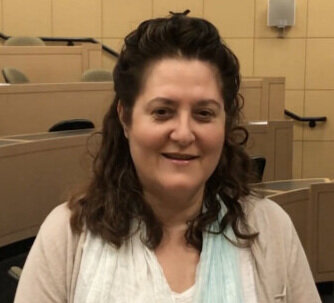
Times are tough for Turkey’s human rights and security profiles. Germany’s Bertelsmann Stiftung Foundation recently reported that Turkey is a “de facto dictatorship,” and a scholar with Carnegie Europe last month observed that deficits in speech and media freedoms, along with a hyper-politicized judiciary, give Turkey “all the trappings of a full autocracy.” Turkey’s human rights free-fall is playing out concomitant with a marked deterioration in the country’s security relationships with Transatlantic/Western security allies. The German Marshall Fund of the United States has warned that the view from Ankara (Turkey’s capital) of the Western Alliance as “once again the source of Turkey’s threats” may well produce a formal rupture within the NATO arrangement, catalyzed by Turkey’s impending activation of a Russian S-400 surface-to-air missile system. On the energy security front, Stars and Stripes recently cautioned that Turkey’s denunciation of France, Greece, Cyprus, Egypt, and the United Arab Emirates as an “alliance of evil,” because of their hydrocarbons exploration in the Eastern Mediterranean geospace that Ankara considers a Turkish lake, is exacerbating the unraveling of Turkey-Transatlantic ties.
Cultural Heritage and Turkey’s Religious Minorities
There is another significant factor that adds to Turkey’s disregard for its human rights commitments and security obligations. Specifically, the Turkish state’s cultural heritage policy has been deployed as a cudgel against the country’s ancient Christian communities, specifically, and against other religious and ethnic minorities, more generally. Ankara’s cultural heritage policies have been consequential in degrading the institutional religious freedom of religious minority communities, and have been decried by international cultural heritage experts as a domestic and foreign policy propaganda tool for state-regime aggrandizement.
Turkey’s more recent cultural heritage decisions draw from the wellspring of the founding conditions of the Turkish Republic in 1923. The new statemakers, led by the Republic’s first President, Mustafa Kemal Ataturk, mobilized a cross-disciplinary cadre of state-supported, professional intellectuals dedicated to creating a new national identity project, expressed in the Turkish Historical Thesis. The consequent cultural heritage policies (and an associated property rights regime) used legal mechanisms informed by the homogenizing, anti-pluralist logic that had driven the just-completed, violent phase of the genocide against Turkey’s Anatolian Christian communities.[i] The nationalist identity project erased, appropriated, and destroyed the relics of Turkey’s past of which “ethnic Turks had little to do with…prior to the appearance of Turkic peoples pushing west and south from the steppe regions of Central Asia.”[ii]
Within the parameters of a neo-Ottoman framework for controlling religious diversity in 21st-century Turkey, the current Islamist-Erdoganist government of the Justice and Development Party (AKP) has continued the cultural heritage policies of its secularist-Kemalist predecessor. The core marker of continuity has been the acquisition, repackaging, and repurposing of the cultural and religious heritage of the Greek, Armenian, and Syriac Christian communities who inhabited Asia Minor long before the Turks’ arrival to those lands. Reinforcing the continuity and reach of this policy, Ankara has also been broadening the targets of the bullseye to concentric circles that encompass the country’s non-Sunni and/or non-Turkish religious and ethnic communities of Jews, Alevis, and Kurds, among others.
Cultural Heritage and International Law
The concept of cultural heritage—as well as the associated and, for some, subset concept of religious heritage—is nebulous. Yet, there is an expansive set of international legal frameworks and multilateral institutions in place. For example, the Hague Conventions and Geneva Protocols; United Nations Educational, Scientific and Cultural Organization (UNESCO); and International Criminal Court (ICC) structures are each designed to ensure the protection of cultural and religious heritage in times of war and peace. International law and multilateral institutions make it clear that cultural and religious heritage includes movable and immovable objects, sites, and tangible/material forms, as well as intangible practices and activities, that, taken together, both preserve and respect the memory, and contribute to the sustainability, of distinct cultural and religious communities.
International principles, norms, and mechanisms for cultural and religious heritage protection and management in times of war and peace also capture the crucial significance of memory as a mechanism of the synchronic and diachronic sustainability of religious communities, whether in robust, living communities or in at-risk communities—to include facing decline and disappearance. Consequently, churches, cemevis, mosques, synagogues, libraries, schools, cemeteries, manuscripts, music, ritual objects and dress, as well as the worship, maintenance, and other practices associated therewith, are part of a holistic ecosystem for the actualization, remembrance, and transmission of cultural and religious identity in individual and collective action. In sum, cultural heritage includes both tangible and intangible features that tell a story about the past, present, and future of institutional religious freedom and religious vitality.
Cultural Heritage as Essential to Turkey’s Ancient Christian Communities
In Turkey, preservation, ownership, and access to cultural and religious heritage is a matter of survival and memory for the country’s ancient Christian communities. Given Turkey’s population of approximately 84 million people, demographic figures are instructive: ancient Eastern Christian (Greek, Armenian, Syriac) minority communities constitute less than 0.1 percent combined; other small Christian communities, including Roman Catholics and Protestants, comprise less than 0.1 percent combined; and, the Jewish community totals less than 0.1 percent. The Alevi (sometimes conflated as Alevi-Bektasi) heterodox Muslims that the Turkish state insists are Sunni Muslims comprise an estimated 10 percent of Turkey’s population and the country’s ethnic Kurdish minority, mainly Sunni Muslim in religious identity, constitutes roughly 18-20 percent of the country’s population. Both of these communities also suffer under a discriminatory cultural and religious heritage regime, but the numbers, dynamics, and impacts are qualitatively differe
nt than those shaping the linkages between cultural heritage and institutional religious freedom for Turkey’s ancient Christian communities.
Turkey’s Ministry of Culture and Tourism and Directorate General of Foundations share responsibilities for managing the country’s cultural and religious heritage, oftentimes with input from the Directorate General of Religious Affairs. The massive budgetary increases and expanded purview of the latter during the Erdogan era since 2002 has given increasing primacy to the Directorate General of Foundations in cultural heritage policies that define national identity as an exclusive synthesis of Turkish ethnicity and language with Sunni Islam. A brief inventory of the Turkish state’s cultural heritage moves since the start of this millennium point to the corrosion of institutional religious freedom, using state policies and laws as a discriminatory cudgel against religious and ethnic minorities.
Arguably the clearest illustration of the deleterious impact of cultural heritage policies on Turkey’s religious minority communities is the “Hagia Sophia fetish” of the country’s current leadership. The Directorate General of Foundations has been the tip of the spear in a program of religious erasure and replacement centering on the churches and associated cultural heritage of Turkey’s many historic Hagia Sophias that are integral to the two-millennium history of Christianity. The district of Bursa’s Director General of Foundations completed a five-year restoration project of the Iznik Orhan Mosque of Ayasofia, that is, the Byzantine Church of Hagia Sophia where the first and seventh Ecumenical Councils of Christianity occurred; priceless Christian frescos were covered, and the restored church-turned-mosque was opened with an Islamic prayer service on the first day of Ramadan in 2012. The next year, the Director General of Foundations relaunched the Byzantine Orthodox Church of Hagia Sophia in the Black Sea city of Trabzon as a functioning mosque, with the “restoration project” eliminating notable portions of the original church complex’s green spaces and walking paths; the COVID-19 pandemic has not deterred the project, which is slated for completion this year. Similarly, the current global health emergency has not stopped the Edirne Cultural Assets Protection Regional Board from moving forward with its city’s reconstruction project for the Hagia Sophia Mosque (originally a Byzantine Orthodox church) into an operational mosque, reverting one of the most historic Christian sites in the small geographic space of European Turkey into what state officials describe as the “foundational character” of the site.
The pattern of appropriation, expropriation, and destruction of Hagia Sophias in Turkey is reaching its apogee in the state’s cultural heritage project for the 6th-century architectural wonder of the Byzantine Christian Cathedral of Hagia Sophia (“Holy Wisdom”), the world’s largest building at the time of its construction and the seat of the Ecumenical Patriarchate of Constantinople in the capital city of the Eastern Roman Empire until the Ottoman conquest of Constantinople in the mid-15th century. The AKP’s incremental reactivation of the Cathedral of Hagia Sophia into a mosque—subsequently renamed by the Ottomans as the Fatih “conquest” mosque and, relatively soon after the establishment of the Republic of Turkey, redesignated as a museum (signifying the Kemalist governments’ deployment of cultural heritage policy as part of the state’s instrumentalization of religion)—has become the centerpiece of Erdogan’s neo-Ottoman nationalist vision for 21st-century Turkey as a global power and “leader of the Muslim world.”
Turkey’s Parliament has discussed the relaunching of what they are naming the Hagia Sophia Mosque, and a series of measures, which are ongoing, point towards that eventuality. The Directorate of Religious Affairs approved in 2013 the recitation of Koranic prayers in the outer yards, and, eventually, in a dedicated space inside the Hagia Sophia, and appointed a permanent imam to the “Hagia Sophia Mosque.” President Erdogan publicly committed to the restoration of the cathedral as a mosque dedicated to the “souls of all who left us [(i.e. Sunni Muslims in Turkey)] this work as inheritance, especially Istanbul’s conqueror.” This year, the head of Turkey’s Religious and Foundation Employees’ Union called on President Erdogan to allow Koranic prayers inside Hagia Sophia on May 29th, the first Friday after the complete lifting of COVID-19 restrictions on public gathering. That date coincided with the day of the fall of the city, and the Byzantine Empire, to the Ottomans. Erdogan authorized reenactments of the capture of Hagia Sophia as the “conquest” moment of national celebration, with Koranic prayers read inside the structure by the state-appointed imam.
UNESCO has called for the Turkish state to preserve the Hagia Sophia’s World Heritage status by recognizing that cultural heritage is world heritage. In so doing, UNESCO augments both the critique from the U.S. Commission on International Religious Freedom (USCIRF) of Turkey’s “creeping conversion” of the Hagia Sophia museum into an active mosque and the European Parliament’s resolutions calling on Turkey to dispense with “…alterations to the physiognomy of the Hagia Sophia historical-religious monument and its conversion into a mosque.” The significance of the Hagia Sophia lies in its paradigmatic status as an indicator of the broader pattern of violations in the institutional religious freedom of Turkey’s religious minority communities. These violations are also evident in the appropriation-via-commercialization of religious heritage. Emblematic is the Ministry of Culture and Tourism’s “conservation and protection measures” applied to ancient Christian monastic sites built into the Cappadocian rocks of Turkey’s central Anatolian Plateau. These cave dwellings constituted some of early Christianity’s most formative monastic communities and include unrivalled examples of post-iconoclastic Byzantine art. Turkey’s dwindling Christian communities, including their co-religionists from other parts of the world who fall under the transnational umbrellas of the ancient Orthodox Christian Patriarchates headquartered in Istanbul, are deprived of the active use of these monastic religious spaces. Instead, the remarkable cave complexes are being converted into luxury hotels with hot air balloon approaches.
Undermining Religious Heritage via Commercialization
Commercialization of cultural heritage is by no means unique to Turkey, and cultural tourism need not involve destruction of cultural property and memory. Yet, in the case of the conversion of the Cappadocian monastic complexes, the omission of references to Orthodox Christianity in Turkey’s Ministry of Culture promotional materials and official preservation efforts to “safeguard the rock-hewn churches and wall paintings of Turkey” is instructive. Linguistic omissions that frame the discourse of high-end tourism thereby facilitate cultural heritage policy as an intentional instrument for disconnecting the sites from the historical r
eligious communities who developed them. Such a rupture is reinforced by the limitations on freedom of worship and ownership rights for the now-miniscule indigenous communities of Eastern Orthodox Christians surviving in contemporary Turkey.
The Cappadocian monastic complexes underscore the misuses of cultural heritage policy by the Turkish state when it comes to global tourism and Turkey’s soft power. Commercialization of tangible cultural heritage could be achieved in a manner consistent with Turkey’s commitments under the UNESCO Convention Concerning the Protection of World Cultural and Natural Heritage and supported by funding from Japan’s Funds-in-Trust for the Preservation of World Cultural Heritage, but Turkey is not moving in that direction. Turkey could be integrating expert input from the International Centre for the Study of the Preservation and Restoration of Cultural Property into these commercialization efforts, but the outcome of the path that Turkey continues to pursue, instead, will contribute to what can be called memoricide.
Another case concerns Istanbul’s Church of the Holy Savior located in the city’s historic Chora (Edirnekapi) district, renowned in international tourism circles as the Chora Church. This Byzantine, Greek Orthodox Church was built in medieval times and then converted to the Kariye Mosque by a 16th-century Ottoman sultan. Centuries later is was repurposed as a museum under the Kemalist government in 1948. The Chora Church, thus, underscores the notion of cultural heritage as world heritage. The structure contains some of the most spectacular examples of mosaic iconography associated with the Palaelogian Renaissance iconographic style in the world. The November 2019 announcement by Turkey’s Council of State that the museum will be reactivated as a mosque because of the legal requirement that the structure be used only “for its essential function,” misrepresents the original function and cultural heritage roots of the Chora Church to the millions of international tourists who visit the site.
Conclusion
The question of the disappearance in Turkey of “minority religioscapes,”— i.e., the full panoply of religious heritage expressions whose “distribution in spaces through time of the physical manifestations of specific religious traditions and of the populations that built them,”[iii] — also relates to the duration, cost, and complexity of legal wrangling that leads to the exhaustion of local communities. Instructive in that regard is the saga of the Sanasaryan Han in Istanbul, one of the city’s most historic hans, or inns, that was the property of the Armenian Orthodox Patriarchate to be used, in synergy with the Sanasaryan School in Erzerum, for education and vocational training for economically disadvantaged Armenian children. The Turkish state seized the 19th-century school building in 1936 and converted it into the General Security and Police Headquarters of Istanbul. Decades of legal disputes finally resulted in a 2018 Turkish appeals court decision that recognized the right of the Armenian Patriarchate’s ownership of the Sanasaryan Han, but ownership was never transferred, and the state’s General Directorate of Foundations, which manages all property of non-Sunni religious minorities in Turkey, recently announced a public tender for offers for commercial rental of the property under a 35-year lease arrangement.
There are innumerable cases of the country’s small Christian communities, and with more frequency, the Jewish and Alevite communities, facing the loss of cultural heritage, whether in tangible or intangible forms, erasing minority religioscapes, but also, leading to new constellations of stakeholder action across the boundaries between academic research and highly specialized expertise of heritage practitioners. The growing interest may be attributable to the internationalization of Turkey’s cultural heritage policy. Paradigmatic has been the global media attention to the case of Osman Kavala, which has highlighted the commitments of private sector actors and non-governmental organizations (NGOs) to an approach to cultural heritage policy that protects institutional religious freedom and amplifies the pluralism of Turkey’s national identity. Kavala is a businessman and philanthropist whose non-profit organization Anadolu Kultur is dedicated to creating multi-stakeholder efforts informed by “…the belief that cultural and artistic exchange will help [to] develop mutual understanding and dialogue” and to build a society in which “…cultural diversity is not perceived as a source of conflict but wealth.” International rights groups view Anadolu Kultur’s mission as a factor driving Kavala’s two-plus year imprisonment on charges alleging his core role in anti-government Gezi Park protests in 2013 and in the failed coup attempt against the AKP government in 2016. Most recently, Human Rights Watch, the International Commission of Jurists, and Turkey’s Human Rights Litigation Support Project submitted an official request to the Council of Europe’s Committee of Ministers to direct Turkey to release Kavala immediately.
This year, the government of the Republic of Turkey has submitted a request to the Cultural Property Advisory Committee in the U.S. Department of State’s Bureau of Educational and Cultural Affairs for a U.S.-Turkey Memorandum of Understanding (MOU) that would prohibit the United States from importing all Turkish art and ethnographic materials from the Prehistoric Period to 1923, thereby defining Turkey’s cultural heritage according to a timeline that stretches millennia prior to the establishment of the state in 1923. A constellation of international heritage organizations have submitted statements to the State Department in opposition to the proposed MOU, offering an extensive list of evidentiary material indicating that “…the Turkish government itself is to blame for much of the looting, lack of preservation, and destruction of Turkey’s rich cultural heritage,” mentioning the record of particular prejudice in heritage management towards the religious patrimony of the country’s Armenian, Greek, Syria Christian and Jewish populations.
In The History Manifesto, historians Jo Guldi and David Armitage urge policymakers to acknowledge the relevance of history, “…not just as a collection of narratives or a source of affirmation for the present, but a tool of reform and a means of shaping alternative fu
tures,”[iv] and purposefully to “…move to a different time horizon, to a history measured in centuries or millennia,…to the longue duree.”[v] Turkey’s state purveyors of cultural heritage policy well understand the significance of the longue duree of history. In the approach to the 2023 centennial of the founding of the Turkish Republic, the Turkish state has the opportunity to break with its use of cultural heritage policy as a cudgel towards its religious and ethnic minorities, in favor of sustainable and inclusive principles, strategies, and laws that showcase Turkey’s rich, heterogeneous cultural and religious heritage. More broadly, a paradigm shift in Turkey’s cultural heritage policy could help to stop the deterioration in religious freedom, human security, and broader democratic rights that accounted for Freedom House’s designation of Turkey as “not free” in its 2020 Freedom in the World Report.
End notes:
[i] Benny Morris and Dror Ze’evi, The Thirty-Year Genocide: Turkey’s Destruction of Its Christian Minorities, 1894-1924 (Cambridge, MA: Harvard University Press, 2019); and Giles Milton, Paradise Lost: Smyrna 1922 (London: Sceptre Press, 2009).
[ii] Ibid.
[iii] Tugba Tanyeri-Erdemir, “The Fate of Tanzimat-Era Churches in After the Loss of Their Congregations,” in Maximilian Hartmuth, ed., Christian Art Under Muslim Rule (Leiden, The Netherlands: Nederlands Instituut Het Nabije Olsen, 2016).
[iv] Guldi and Armitage, 15. Emphasis added.
[v] Guldi and Armitage, 16.
Dr. Elizabeth H. Prodromou is a faculty member at The Fletcher School of Law and Diplomacy at Tufts University, where she directs the Initiative on Religion, Law, and Diplomacy. She is a Co-President of Religions for Peace International, and she served as Vice Chair and Commissioner on the U.S. Commission on International Religious Freedom (2004-2012). Her research interests focus on geopolitics and religion, with particular focus on the Middle East and Southeastern Europe. She is a contributing scholar to RFI’s Freedom of Religious Institutions in Society Project.
All views and opinions presented in this essay are solely those of the author and publication on Cornerstone does not represent an endorsement or agreement from the Religious Freedom Institute or its leadership.
THE RFI BLOG

Myths of Religious Nationalism in America and Abroad
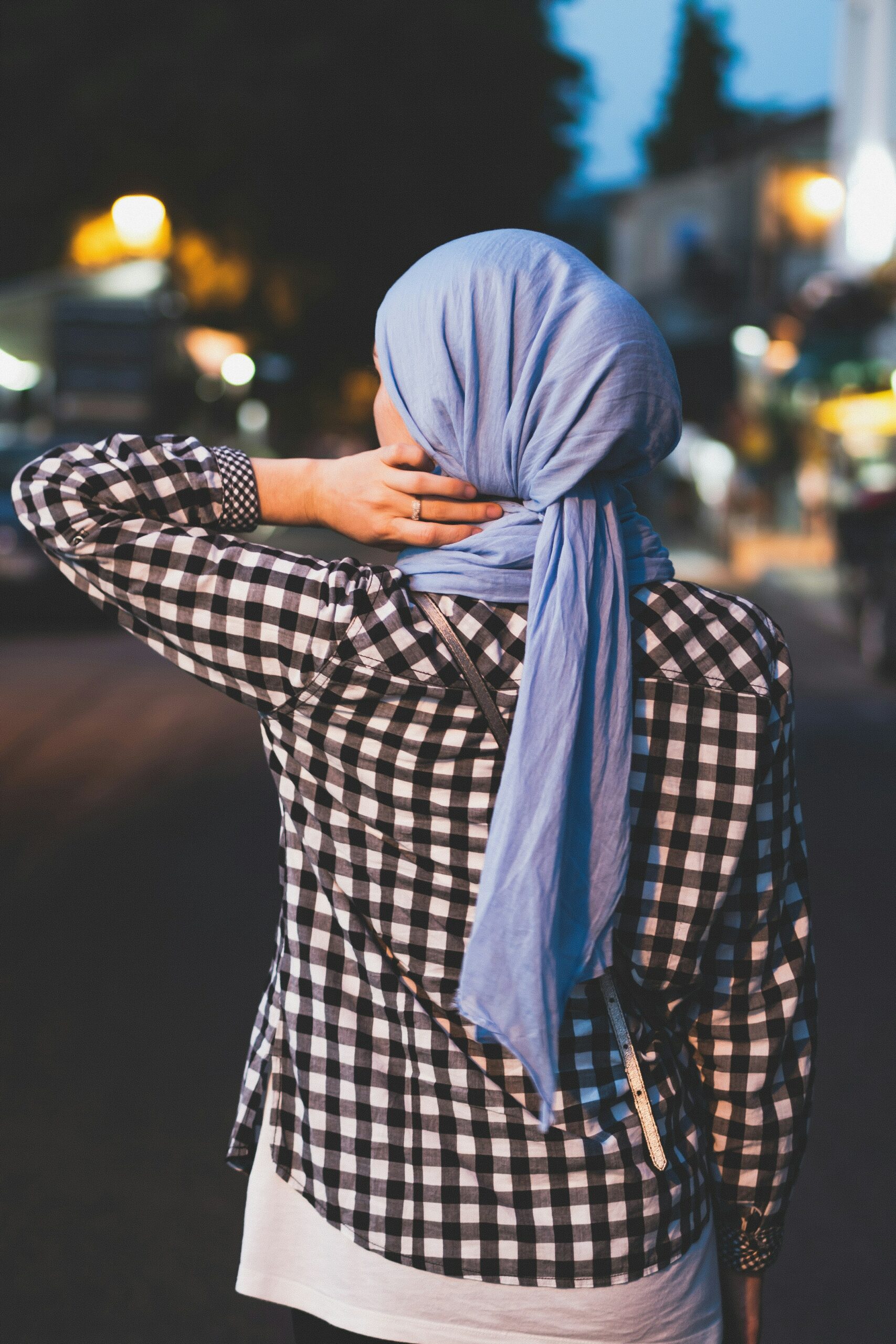
France’s Olympic Hijab Ban Violates International Law And Exacerbates Tensions
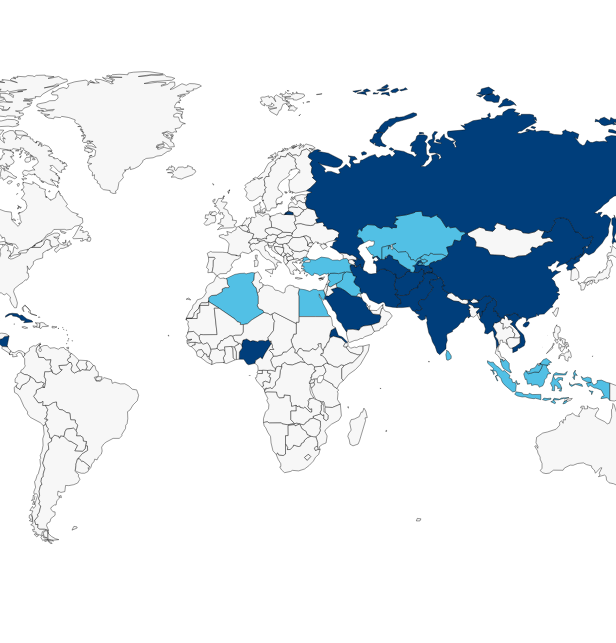
RFI Briefs USCIRF on Lessons from 25 Years of U.S. Designating Religious Freedom Violators
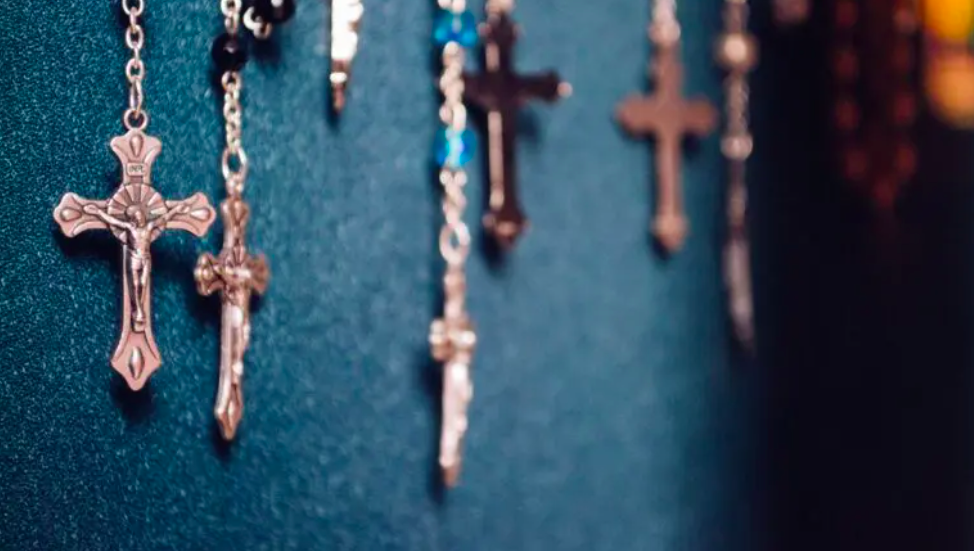
Thought Police: Protecting the People from Prayer
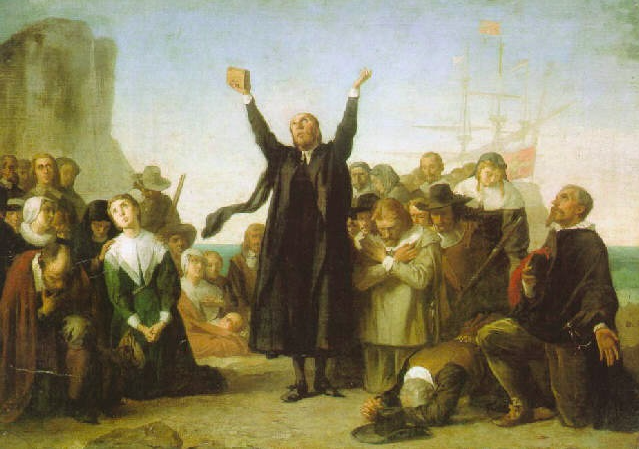
A Religious “Delaware”: Establishing a State Haven for Religious Corporations
CORNERSTONE FORUM

Challenges to Religious Freedom in Iraq and the Critical Need for Action

Public Bioethics & the Failure of Expressive Individualism

Religious Liberty in American Higher Education

Scotland’s Kate Forbes and the March of Secularism

